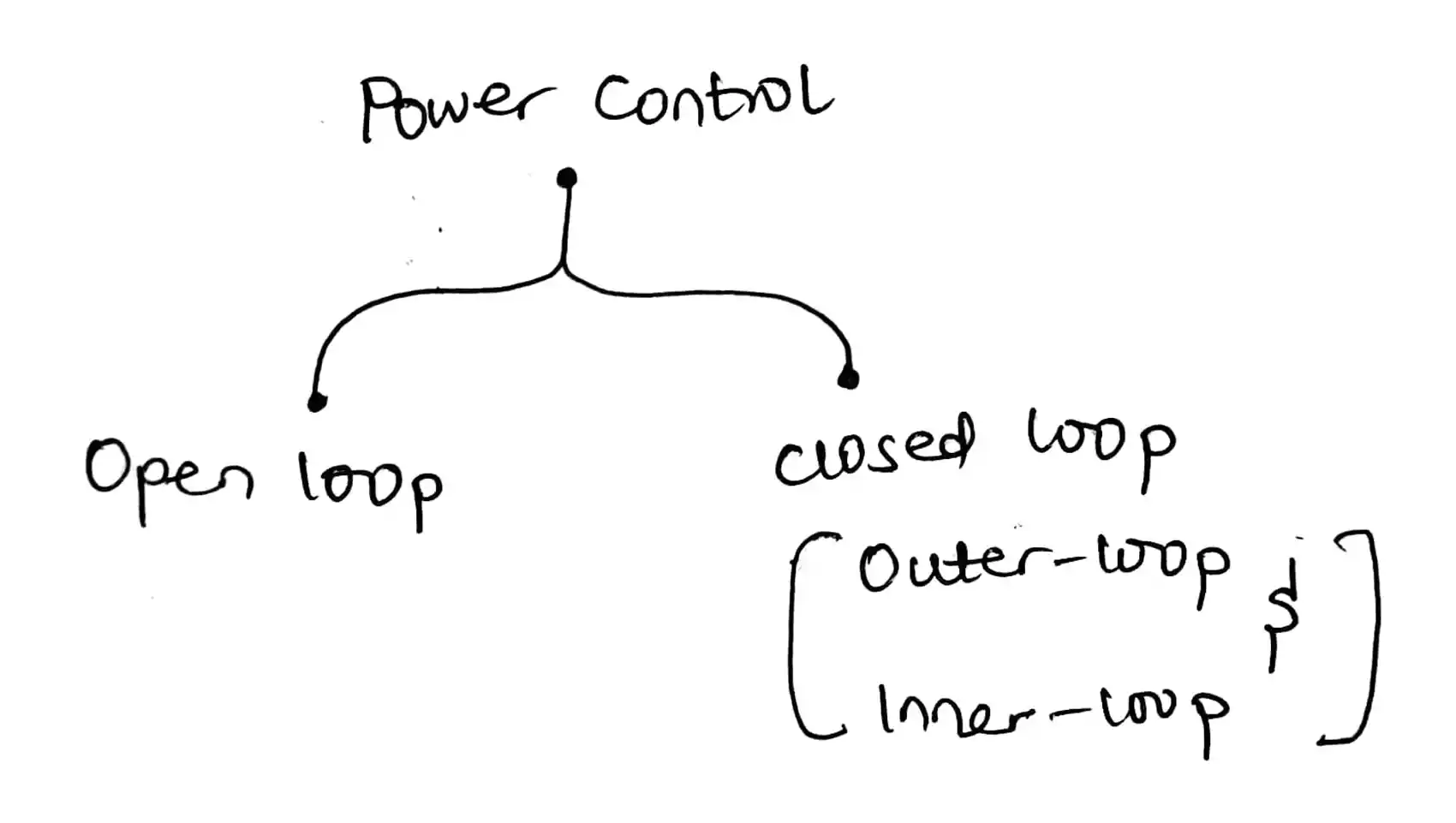Power Control Strategies in 3G
Table of Contents
What is Power Control
Power control is a technique used in telecommunications to adjust the transmit power of a signal to ensure that the received signal quality meets a certain target level.
This is important for several reasons, including:
1. To ensure a good quality of service (QoS): If the signal is too weak, the receiver may not be able to decode it properly, resulting in dropped calls or garbled data.
On the other hand, if the signal is too strong, it can interfere with other signals in the same frequency band.
2. To conserve power: By adjusting the transmit power, mobile devices can extend their battery life.
3. To improve network capacity: By reducing interference, power control can allow more devices to use the same network simultaneously.
Types of Power Control Strategies in 3G

There are three main types of power control strategies used in 3G networks:
- Open-loop power control
- Outer-loop power control
- Inner-loop power control
Open-loop power control
Open-loop power control is typically used for initial power settings or on initial random access transmission.
This is because it is a simple and efficient method that does not require feedback from the receiver.
However, open-loop power control can be inaccurate, especially if the channel conditions are changing rapidly.
Outer-loop power control
Outer-loop power control is used to set the target CIR (Carrier-to-Interference Ratio) based on the mobile device’s speed, multipath, and QoS requirements.
The CIR is a measure of the signal quality that takes into account both the desired signal and the interference from other signals.
The outer-loop power control algorithm periodically measures the CIR and adjusts the mobile device’s transmit power to maintain the target CIR.
Inner-loop power control
Inner-loop power control is used to maintain the target CIR set by the outer-loop power control.
In each update, the inner-loop power control algorithm adjusts the mobile device’s transmit power by ±1 dB. In some cases, the step size can be increased to 2 dB.
💡
Both outer-loop power control and inner-loop power control are sometimes referred to as closed-loop power control.
This is because they both involve feedback from the receiver to the transmitter.
Closed-loop power control is generally more accurate than open-loop power control, but it is also more complex and computationally demanding.





